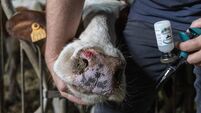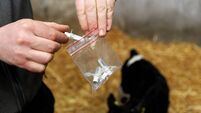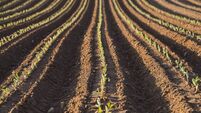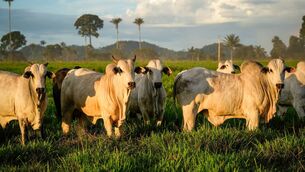Milk fever: A vet's tips for prevention and cure
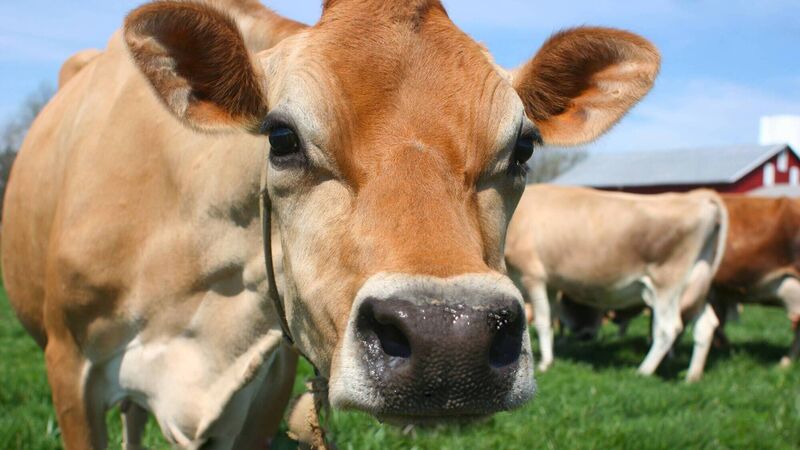
Jersey cows are proven to be twice as susceptible to milk fever compared with Holstein cows.
That on-call ringtone is a sound embedded into my subconscious; even when I hear it in shops, I always reach for my pocket, and my heart rate begins to rise. It’s that natural adrenaline rush of not knowing what crisis is at the other end of the phone.
I was talking with a colleague during the week, and we concluded that on-call is where you see the most interesting cases while also having to think on your feet.

